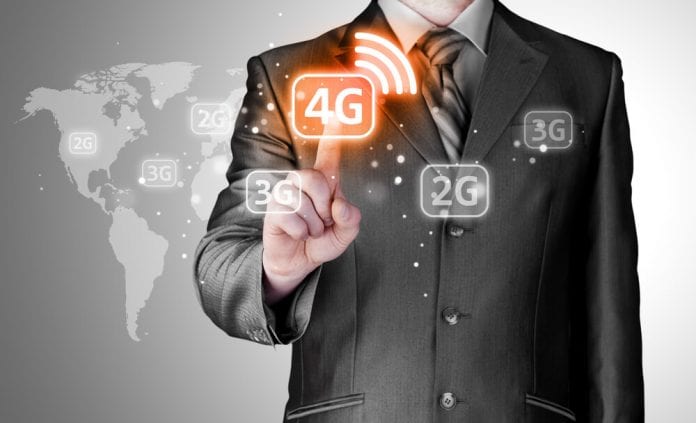4G LTE Advanced has been on the gadget news for a while now and many people might be wondering what this buzz is all about. For those who don’t know, LTE stands for Long Term Evolution. LTE Advanced is a mobile communication standard that is accepted as an international standard after it was proposed by NTT DeCoMo of Japan. You can consider it to be a much speedy version of 4G. The various networks in the world are still struggling to expand their coverage of 4G LTE but 4G LTE Advanced is already available in some areas. Needless to say, this comes with a super-fast speed. You can expect to browse the internet and download files at lightning speed. For this to happen, 4G LTE Advanced utilizes a number of high technology features that I will explain to you.
MIMO
Normally, standard data connections use one antenna and one signal at any one given time. Things are quite different with the 4G LTE Advanced since it uses multiples antennas as well as multiple signals. It uses the MIMO technology which stands for Multiple Input and Multiple Output to combine multiple antennas on both the transmitter, take 4G masts for instance, and the receiver which could be a smartphone in this case. Theoretically, more antennas lead to increased speed. Data streams can therefore travel more efficiently. This corresponds to faster browsing as well as downloads.
Coordinated Multipoint
many cellular systems face the problem of interference from adjacent cellphones which leads to reduced data rates. Coordinated multipoint has been introduced to ensure that 4G LTE does not suffer this problem. It is used to send and receive data to and from a UE from several points thus ensuring that optimum performance is achieved even at cell edges. There are different techniques that are used to enable the dynamic coordination of transmission and reception over a variety of different base stations with the aim of improving overall quality for the user and improving the utilization of the network as well.
Carrier aggregation
Network operators do not have the sufficient spectrum that can provide the required bandwidths for very high data rates and that’s where carrier aggregation comes in. It will enable multiple LTE carriers to be used together to provide the high data rates that 4G LTE Advanced requires. It is therefore possible to utilize more than one carrier and thus increase the overall transmission bandwidth. These carriers could be in different bands or in contiguous elements of the spectrum. Increasing the overall bandwidth used will achieve higher data rates.
LTE Relayin
To enhance both coverage and capacity, 4G LTE proposed a feature known as relaying. This is to ensure that the optimum performance is achieved to ensure that the expectations of the users are met. It is also very important to keep the OPEX within the budgeted limits. Signals will be easily forwarded from a main base station by remote stations thus improving the coverage. According to the latest news, a relay will receive, demodulate and decode the data. It will apply any error corrections necessary and then retransmit a new signal. This way, the quality of the signal is enhanced and it does not suffer degradation from a reduced signal to noise ratio that occurs when using a repeater.
Device to device communications
A number of users requested a facility that enables very fast access through direction communication of devices. This is very essential and useful for emergency services and could be used if an incident occurred. Devices can link directly without using the cellular network infrastructure if they are in close proximity. This solves the issue of reliability and the cost is not high since there is no separate infrastructure required. Performance is also enhanced compared to other similar facilities. Instant communications can therefore be made possible between a set numbers of devices.
Mobility and compatibility
4G LTE Advanced has the same mobility and compatibility as that in LTE. It is able to interwork with LTE as well as 3GPP legacy systems. However, standard 4G phones don’t support it and the majority of network operators are not offering it. Some of the newer smartphones, particularly the very high-end ones support it but the older models don’t. Hopefully, more smartphones will support it in the future and probably it will spread to the low budget devices too.
This is definitely a very big step in the evolution of smartphones. It seems that human beings are obsessed with speed and this is something that will please many. Theoretically, peak download speed is estimated at around 300Mbps. This is twice the speed of the 4G LTE. This speed could end up being a bit lower in the real world due some external factors but it is still very high.
Image credit: shutterstock.com









